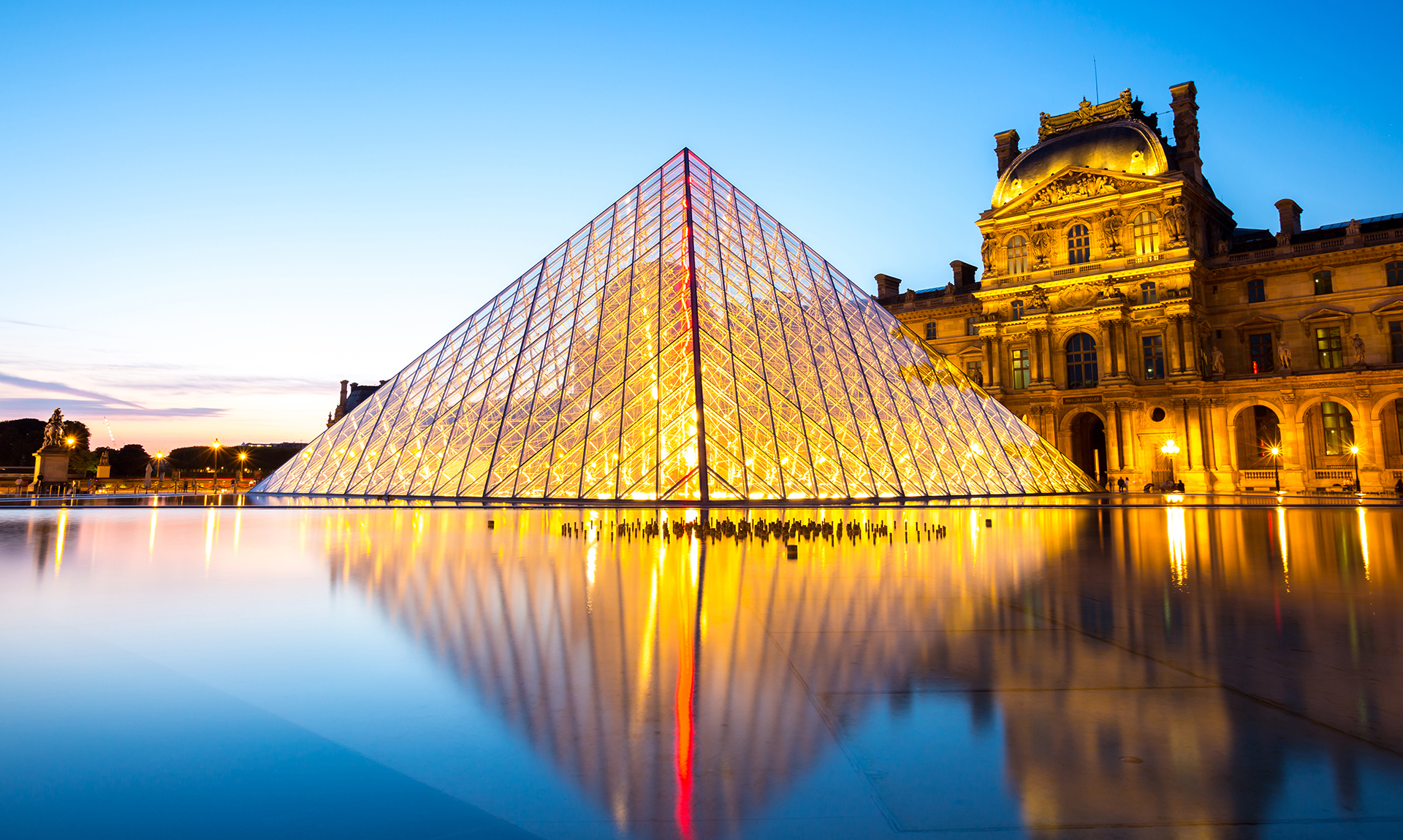
Learning About Wine
Learning About Wine
It might look complicated or snobbish, but the process of tasting wine has many elements based in common sense.
But what is the point of tasting wine when we don’t worry too much about anything else we drink on a regular basis? The answer is probably because every gloss has a different story to tell – whether based on geography, history or culture.
There’s no reason to be snobbish about wine but it can be a good interest – and one well worth talking about and sharing with friends. Drinking wine is meant for pleasure so there’s no need to set yourself up with an impossible task … just relax and take the time to think about what you’re drinking so you con enjoy it as much as possible.
The first pointers ore to have a good look at its colour, before toking a deep sniff. What does it smell like – fruit, flowers, cinnamon. Wet dog?

Then you take a swig and consider all the senses the wine gets to … put it all together in your head because taste doesn’t mean only what we sense with our mouths – the word also describes the quality of critical appreciation that we have the ability to enjoy as humans.
Smell is important to the wine taster. Much of what we think is taste really comes through our noses. If you don’t believe it try to enjoy a wine – or a meal – the next time you have a bad head cold. We can train our sense of smell and you don’t have to be an expert taster to tell the difference between wines.
For example, the aroma of Cabernet Sauvignon and the closely related Merlot grape often reminds drinkers of cedar wood, pine, and salt fruits whiles others have undertones of olives, green peppers, tobacco leaves or grass.
Ageing the wine in oak may add touches of vanilla, cinnamon, cloves and almonds. Extended bottle ageing may lend a toasty quality and impart earthy scents as variable as mushrooms, old leather, roses and wildflowers. Other grapes have their own trademark aromas: Zinfandel often evokes berries. Pinot Noir, the fine grape of Burgundy, may recall violets and spice. The floral quality of freshly ground black pepper signals Syrah, the French Rhone grape. Among whites, Chardonnay has a scent of apples and may add notes of butter, coconut, figs and other tropical fruits, particularly if it’s aged in oak – while Sauvignon Blanc often shows a grassy smell and sometimes grapefruit.
It’s important to understand that these scents and tastes rarely dominate the wine. Typically they add a small but significant element to a larger pattern. In other words, the hints of chocolate and coffee in some California red wines and the nuances of coconut, figs and dates in oak-aged Chardonnay don’t make the wine taste like a milkshake or frurt salad; they are subtle, olfen elusive parts of a larger whole.
Fine, aged wines add the most complex (and sometimes unwinelike) scents, which some wine tasters call “bouquet,” as the result of gradual chemical reactions in the wine. Less pleasant changes in odour and taste occur if the wine is poorly or carelessly made or spoils with excess age.
Young wines are usually simple and straightforward, offering uncomplicated smells of grapes and fresh fruit. It’s bottle age that brings about the chemical changes that provide unusual and delicious nuances that cry out for descriptive terms.
But whatever the description, the key is to enjoy the act of tasting – so that over the years (and the bottles) you get to know what you like. Probably the most important act of the serious wine drinker!





